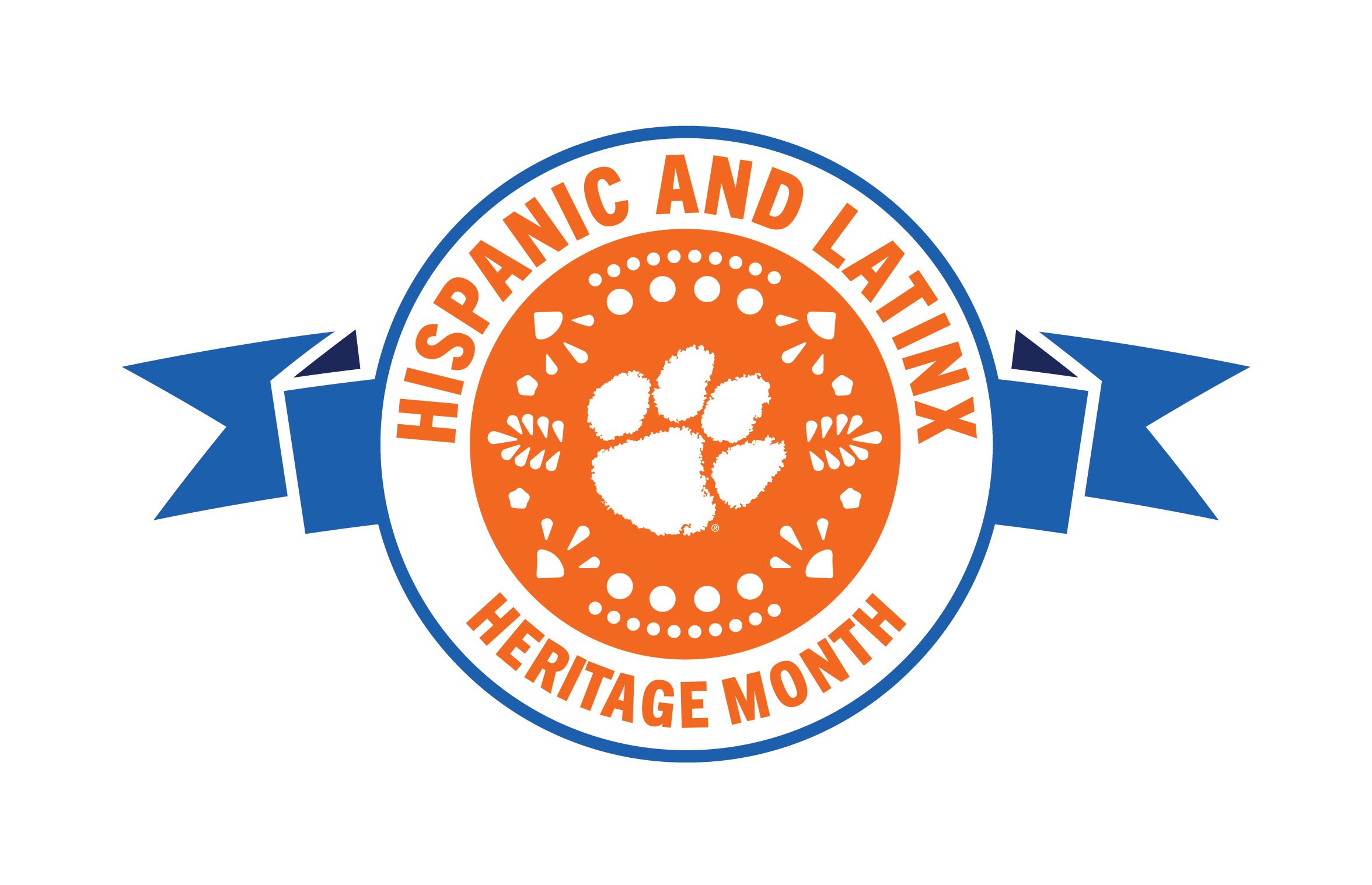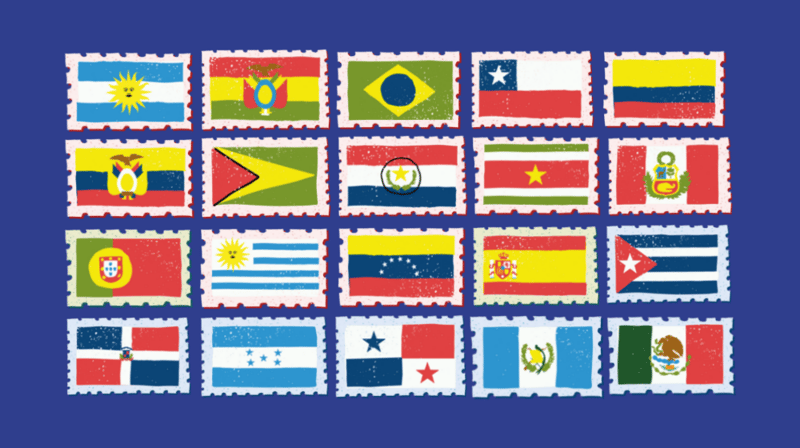Since 1988, the United States has recognized September 15 to October 15 as Hispanic Heritage Month.
Although this holiday provides us with a great reminder to recognize the history and culture of Latinx and Hispanic folks, SA pros should continuously strive to celebrate Latinx and Hispanic people in our programming and support services year-round.
This population makes up nearly 22% of undergraduate students and 9.2% of graduate-level students! So, here are some awesome ways to celebrate and support Latinx and Hispanic-identifying individuals.
Programs
“Hispanic” and “Latinx” are umbrella terms used to group together people descended from Latin America and/or Spanish-speaking countries. But the cultures of the many ethnic groups under this umbrella vary greatly.
It’s important to be mindful of this cultural diversity by developing programs that accommodate and celebrate those who identify under these umbrellas.
Here are a few programs that can achieve this:
Language jeopardy or trivia
Not all Latinx and Hispanic people speak Spanish.
There’s a rich history and beauty to the native cultures that were spoken in Latin American — like that of Quechua, Portuguese, Yucatec, Nahuatl, and Guarani, just to name a few.
And there are many different dialects within Spanish alone. The same Spanish word spoken in one country often means something else in another. Plus, let’s not forget Spanglish! Many students combine English with Spanish in their speech.
You can help students learn the beauty of the language of countries and cultures under the Latinx/Hispanic umbrella by hosting a language Jeopardy or trivia game that pulls words from Latin American and Spanish-speaking countries.
Here’s a list of words to get you started. For some words, you’ll need to differentiate which country’s definition they should be guessing. Ahead of the program, invite students to drop words and definitions into a hat or bowl so that you can develop your game based on student submissions.
Bulletin board made by students
Here’s a passive program idea that won’t require ongoing staff support. Decide on a theme for a whiteboard, bulletin board, or wall where students can highlight aspects of their Latinx/Hispanic culture.
For example, you can put out a call for students to share the following things from their culture or ancestral country:
- Written and visual art
- Someone they’re proud to represent them and their culture
- Favorite recipe(s) and cuisine
- Lyrics, album art, or photos of their favorite artists
- Fashion
- Favorite words
You can collect these pieces ahead of time or allow students to put them up on the board themselves. If you pick the latter, be sure to have tape, thumbtacks, scissors, and other essential items available.
Volunteer opportunities
Between 1995 and 2017, Hispanic students went from making up 13.5% of K-12 public schools in the U.S. to 26.8%, and this number is projected to continue to grow. As such, it’s become more and more vital for higher education institutions to have programs in place to increase Latinx/Hispanic student access and success at their institutions.
We also know that a significant portion (around 44%) of Latinx/Hispanic students are first-generation college students. Therefore, younger Latinx/Hispanic children can benefit from engaging with your students who can serve as role models for pursuing higher education.
Encourage your Latinx/Hispanic students to volunteer for organizations dedicated to equal education access.
You can also reach out to your institution’s admissions department to start a conversation about what is currently in place to support this population — and how you, your department, and your students might be able to get involved. For example, if admissions representatives visit local high schools, perhaps student volunteers can tag along to share their experience with the admissions process and with college life more broadly.
These are just a few program suggestions you can consider and adapt. Once you develop an idea you want to execute, you’ll need to spread the word. If you’re trying to communicate specifically with Latinx and/or Hispanic students, you might be confused about which term(s) to use. This brings me to the next tip.
Language Usage
It’s okay to use both Latinx and Hispanic to communicate services and programs.
If you’re not aware of the difference between these terms, here’s a helpful resource I recommend checking out.
To sum it up, Hispanic refers to individuals from Spanish-speaking countries (and their descendants), and Latino refers to individuals with roots in Latin America. Latinx became a preferred term among many individuals in the early 2000s who were looking for a gender-neutral identification.
If you’ve designed a program aimed at supporting anyone from a Spanish-speaking or Latin American country (or whose ancestors were from there), then using multiple terms will help you emphasize the scope of your engagement by appealing to a larger audience.
For example, although Hispanic Heritage Month is the official name, I recommend calling it Latinx and Hispanic Heritage Month. Here’s a great graphic example from Clemson University’s Multicultural Center:

For further guidance on communication and outreach, check out this research-backed guide.
Identity
Let students tell you how they identify.
While promoting your services and programs, you’ll hopefully get to know the Latinx and Hispanic students at your institution better. As you get to know them individually, don’t make assumptions about how they identify; let them tell you.
Just like you hopefully make space for students to correct you on which gender pronouns they use, be open to having students clarify their cultural or ethnic background. To do this while hosting programs, you can:
- Make stickers of Latin American and Hispanic flags available for students to put on a name tag or their clothing.
- Create a pre-registration form for the event that allows students to share their identification. You can then purchase (or print and laminate paper versions of) country flags to give participants during the event as a keepsake.
- Leave space on name tags for students to write in their identification or countries of descent.
- Begin the event with an icebreaker during which students identify their ethnic and/or cultural background and share what they most enjoy about being Latinx and/or Hispanic.
- Include a board with a map of the world and invite students to pin where they were born, where they grew up, and/or where their family is from.
- Include an identity wheel activity so students can express other aspects of who they are alongside their Latinx/Hispanic identification.
These ideas aren’t limited to Latinx/Hispanic students; you can easily adapt them to include other students who attend your programs.
Families
Create opportunities for students’ families to be engaged in their college experience.
Family is consistently valued and prioritized across almost every Latinx/Hispanic culture. So, although our students should always be our first priority, we should consider hosting programs in which students can bring their families along. Normalizing inviting family to campus events or services will ultimately not just support families — of all cultures — but help those students in their personal development too!
It may not be appropriate or feasible to allow a family member to attend an academic advising meeting, or a career counseling session (and it should always be up to the student if they’d like a family member present). It can, however, be feasible and fun to open up residence hall activities, after-hours programming, orientation events, and other campus activities to families — though feel free to set a maximum number of guests per student.
Surveying
Survey students to create experiences they want and need.
This advice will benefit many students, not just the Latinx/Hispanic population. Student affairs professionals know how to support students as they matriculate through their educational programs. However, it’s impossible for us to be experts on every single students’ individual experience — this is why surveying is so valuable.
Surveying students doesn’t have to be formal. If you have never asked your Latinx/Hispanic students what would make them feel seen, celebrated, or supported, you may need to start with an honest conversation. As appropriate, make a habit of asking students:
- What type of programming would you like to see offered by this office?
- How could this program have been improved to support you individually?
- What type of programming or support do you feel is missing on campus?
- How has this campus made you feel celebrated or seen as an individual?
Don’t ask all these questions at once; incorporate them into conversations that encourage students to talk about support and services.
Additionally, check with your assessment office or expert to learn what formal analytics or survey tools your institution has available. Then, decide what you want to learn about this student population and what’s your main objective in surveying them. Are you trying to create new programs or services? Are you trying to gauge the population’s current experience at your institution? Do you need to create baseline data to measure the impact of what’s currently in place?
Ultimately, you should be surveying students to give them a chance to voice and make you aware of their perspectives and experiences. Although student affairs professionals may be great at brainstorming support ideas, it isn’t enough to develop ideas we merely assume students will appreciate. Seeking feedback and continually checking in with students will help confirm if what we’re creating is truly hitting the mark.
I hope you have fun learning about and celebrating your Latinx/Hispanic students through these 5 tips and the ideas you develop specific to your campus. Happy Hispanic and Latinx Heritage Month!
How are you celebrating the month? We’d love to see your photos and learn your stories! Tweet us @themoderncampus.





